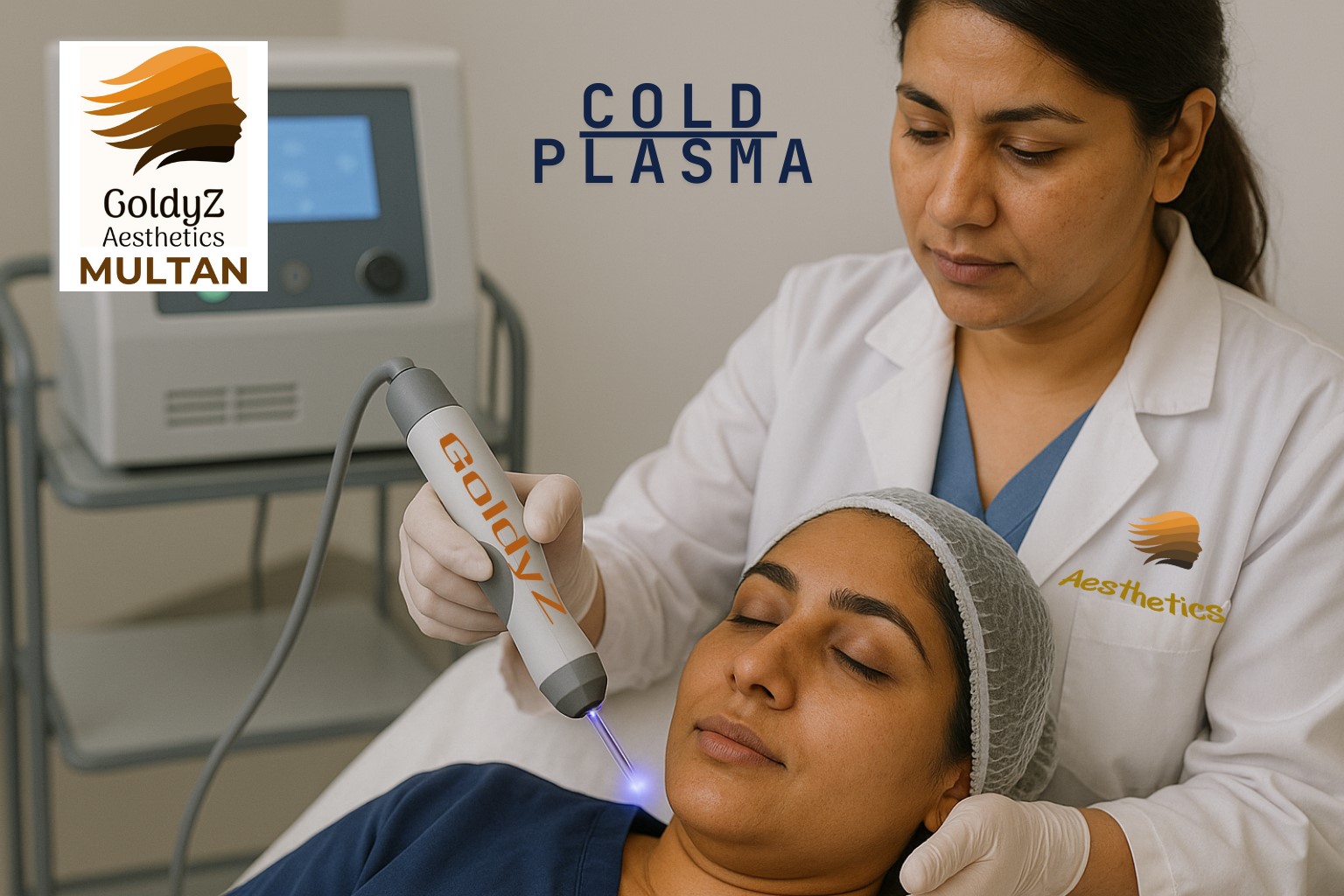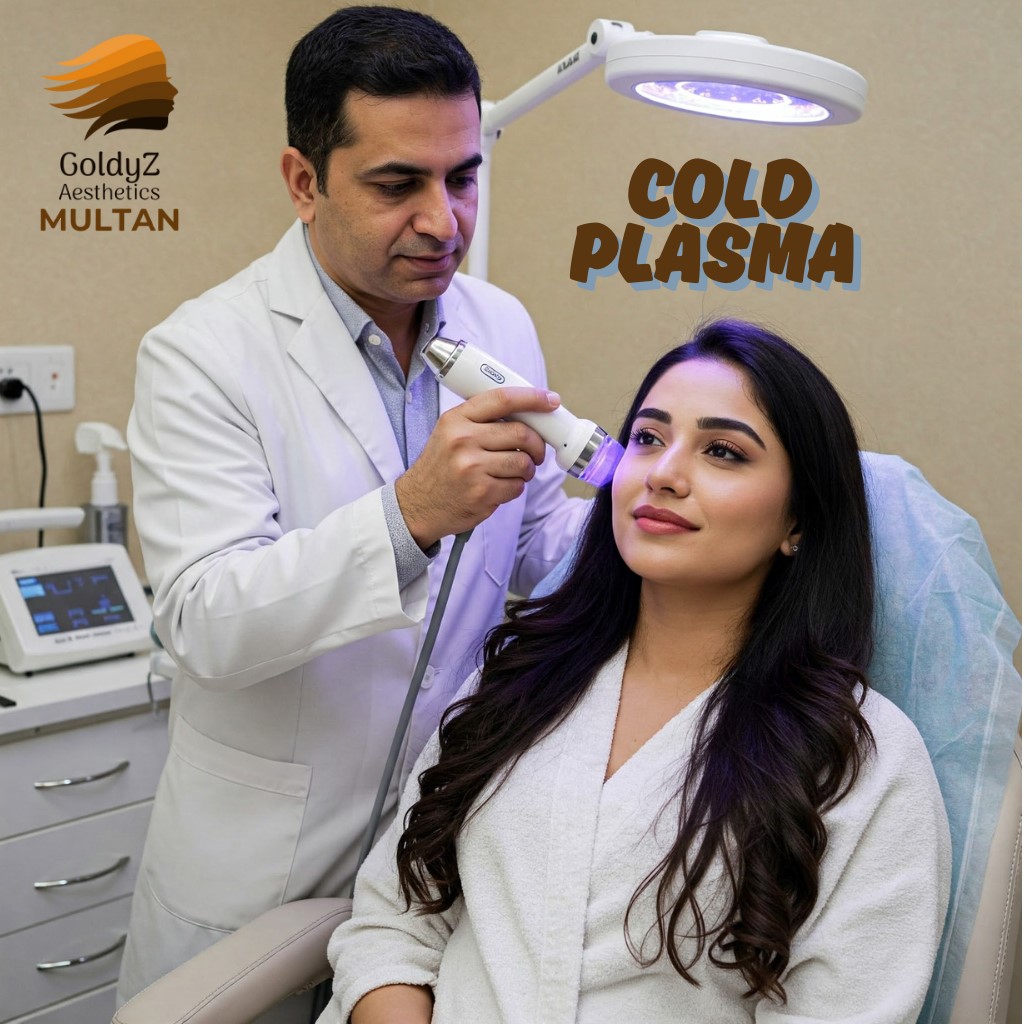Cold Plasma Therapy: A Breakthrough in Medical and Cosmetic Treatments
Cold plasma therapy also referred to as non-thermal plasma treatment is an emerging and advanced technique in both the medical and aesthetic fields. It utilizes ionized gas that remains near room temperature, making it safe for application on living tissue. Unlike the high-temperature plasma used in industrial tools like welding torches, this therapy is carefully designed to operate at low temperatures, ensuring patient safety and comfort.Understanding the Science Behind It
In simple terms, cold plasma is created by applying an electric field to gases such as argon, helium, or even atmospheric air. This energization transforms the gas into plasma unique state of matter composed of electrons, ions, neutral atoms, and active molecules, along with ultraviolet light and reactive oxygen and nitrogen species (RONS). Despite the energy involved, the temperature stays low due to controlled delivery.

Key Components and How They Help
- Reactive Oxygen and Nitrogen Species (RONS): These molecules have strong biological effects. They help kill harmful microbes, enhance wound healing, and influence cellular behavior.
- Ultraviolet (UV) Light: The UV emitted in small amounts aids in eliminating bacteria and can activate beneficial responses in skin cells.
- Electric Fields: These fields can penetrate microbial membranes and modulate cell activity.
Medical and Cosmetic Applications
Cold plasma therapy has shown promise across multiple areas:
- Wound Care: It speeds up the healing of burns, ulcers, and surgical wounds by stimulating tissue repair, improving blood flow, and minimizing infection.
- Infection Management: Its strong antimicrobial action works against a broad spectrum of pathogens including drug-resistant bacteria, viruses, fungi, and biofilms.
- Skin Treatments:
- Acne: Helps reduce bacterial presence and inflammation.
- Eczema & Psoriasis: May soothe symptoms and restore skin integrity.
- Anti-Aging: Early research suggests it can boost collagen and smooth skin texture.
- Lesion Treatment: Being explored for managing warts, herpes outbreaks, and even certain skin cancers.
- Dental Care: Useful in gum disease treatment, sterilization during dental work, and post-surgical healing.
- Cancer Research: Studies are investigating cold plasma's ability to selectively target and kill cancer cells.
- Medical Sterilization: Ideal for disinfecting delicate instruments that can't withstand high heat.
- Agricultural and Food Safety Uses: Used in seed treatment, food packaging sanitation, and pathogen control in crops.

Advantages of Cold Plasma Therapy
- Non-Invasive Approach: Most applications are external, painless, and dont involve needles or surgery.
- Effective Disinfection: Capable of destroying a wide variety of microbes, even those resistant to antibiotics.
- Accelerated Healing: Encourages faster and healthier tissue regeneration.
- Minimal Side Effects: Usually limited to temporary redness or warmth on the skin.
- Precise Application: Can be focused on exact problem areas.
- Customizable Treatments: Parameters can be tailored to suit individual cases and conditions.
Current Trends and Future Outlook
Although still in its developmental phase, cold plasma therapy is gaining attention for its versatility and safety profile. More clinical trials and scientific studies are underway to refine its usage and confirm its effectiveness in different medical scenarios. As the field evolves, it could revolutionize how various conditions are treated, from chronic wounds to cosmetic skin concerns.
